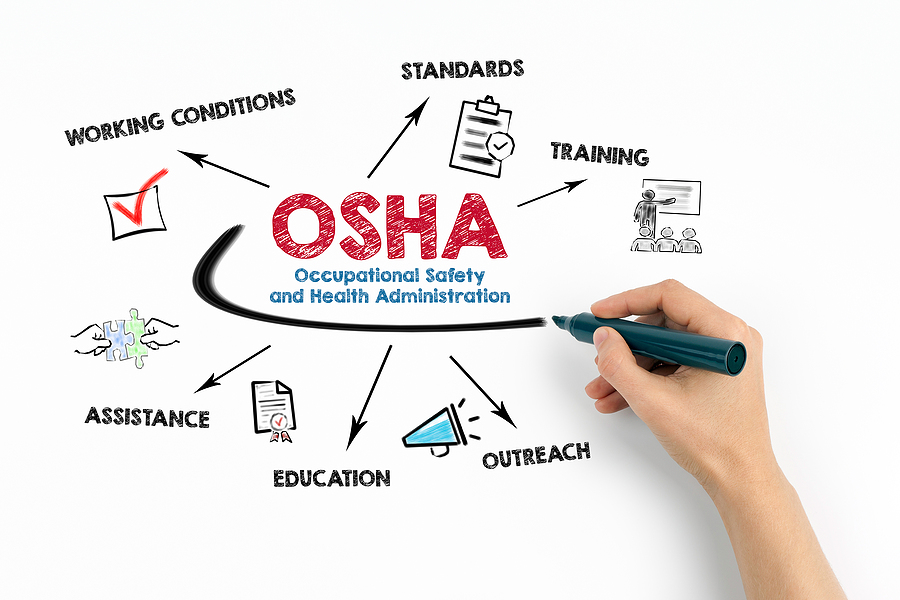OSHA 30 Training Explained

Workplace safety is a significant concern across all sectors. It requires training, awareness, and commitment on the part of employers, supervisors, and employees to create safe working environments. Occupational Safety and Health Administration (OSHA) offers extensive thirty-hour courses that provide detailed instructions in identifying, evaluating, controlling, and preventing hazards at work.
Flexible and efficient options for reducing hazards, preventing accidents or injuries as well as fostering a safety culture are delivered by OSHA 30 training. This important training equips staff with skills to recognize dangers; and come up with solutions for them while continuously improving safety measures.
OSHA 30 Training Courses
To fully educate managers, supervisors, and other employers with safety responsibilities about important workplace safety topics as well as compliance, OSHA offers 30-hour training courses.
These in-depth trainings teach not only hazard identification but also risk management; they cover safety systems establishment and implementation together with injury prevention strategies among others. The aim of OSHA 30 is to equip workers with the knowledge necessary for dealing with safety concerns proactively.
There exists a different set of thirty-hour course designed specifically for construction industry personnel while the rest are meant for those working in general industry settings as their occupation or trade dictates.
Construction Industry Course
The 30-hour construction training course offers an in-depth review of the unique compliance issues in the construction sector. With changing worksite conditions and many hazards, construction requires specialized safety protocols.
This course covers critical topics like fall protection, trenching and excavation, materials handling, scaffolding, electrical safety, struck-by hazards, caught-in/between hazards, and more. It provides field managers and safety supervisors with the information they need to maintain OSHA standards and safely run construction sites.
General Industry Course
The general industry 30-hour training provides a broad overview of common workplace safety concerns across various industry sectors beyond construction. It serves as both an introduction to safety for new employees and a thorough refresher for experienced managers and workers.
Topics include hazard identification, fire prevention, permit-required confined spaces, lockout/tagout, emergency response, industrial hygiene, hazardous materials, machine guarding, and more. The wide range of subjects makes it applicable to many roles.
Advantages of OSHA 30 Training
Investing in proper OSHA 30 training for site supervisors, managers, and other personnel provides many advantages:
- Recognizing hidden hazards – Workers learn to identify less obvious safety issues like cluttered access paths, poor ventilation, and lack of safety guards that can lead to accidents.
- Controlling and mitigating risks – The course covers proven methods to reduce risks like implementing lockout/tagout, providing appropriate PPE and tools, organizing work areas for safety, properly handling hazardous materials, and more.
- Preventing future accidents – Employees learn long-term solutions to proactively eliminate hazards from arising again by improving safety management programs.
- Fostering a culture of safety – With more knowledge and focus on risks, workers are empowered to alert management to improve safety protocols and conditions for everyone.
Importance of Taking OSHA 30 Training
Companies that make OSHA 30 training a priority show their commitment to excellence in safety to workers, clients, and business partners. Proper training leads to fewer workplace accidents, injuries, fatalities, and property damage.
It improves productivity and morale when workers feel safe. Staying in compliance with evolving OSHA guidelines is essential for any business. Enrolling managers, supervisors, and workers in 30-hour OSHA training from qualified instructors is a smart investment to immediately start improving safety programs and reducing incident rates.
Conclusion
Taking OSHA training in 30 hours provides workers with the ability to identify safety and health hazards, as well as evaluate, control, and prevent them. There are specific courses for construction or general industry depending on the workplace.
When site managers, supervisors, and other leaders put their focus on ensuring that they complete the right Osha 30 training programs; it creates safe work environments, increases compliance rates, and reduces accidents and injuries while saving money thus showing commitment towards fostering a strong safety culture.
